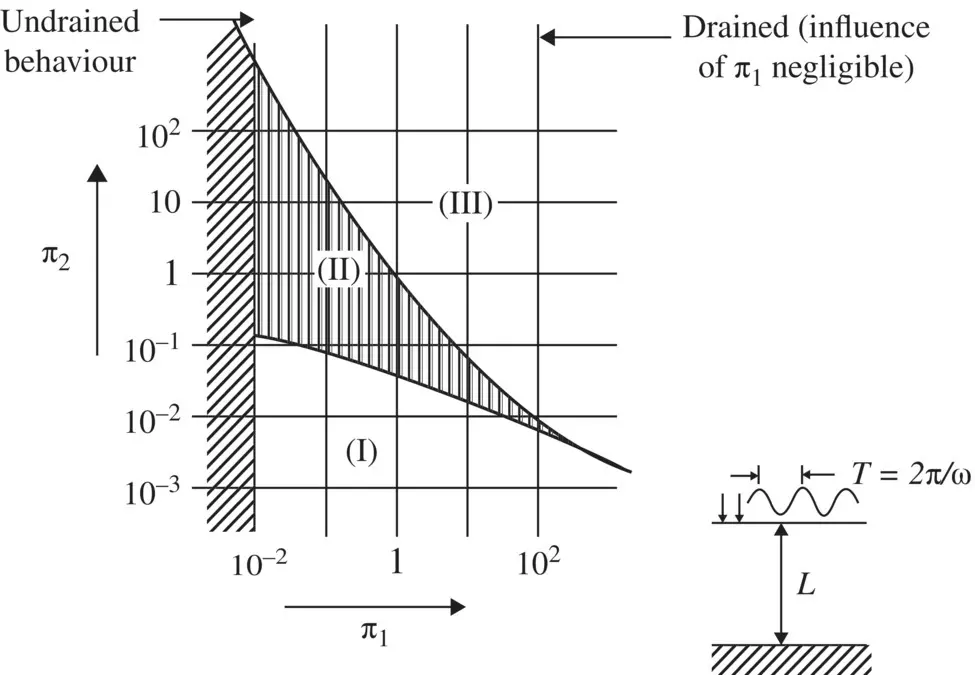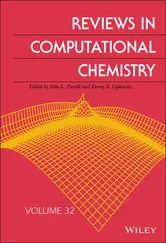Manuel Pastor - Computational Geomechanics
Здесь есть возможность читать онлайн «Manuel Pastor - Computational Geomechanics» — ознакомительный отрывок электронной книги совершенно бесплатно, а после прочтения отрывка купить полную версию. В некоторых случаях можно слушать аудио, скачать через торрент в формате fb2 и присутствует краткое содержание. Жанр: unrecognised, на английском языке. Описание произведения, (предисловие) а так же отзывы посетителей доступны на портале библиотеки ЛибКат.
- Название:Computational Geomechanics
- Автор:
- Жанр:
- Год:неизвестен
- ISBN:нет данных
- Рейтинг книги:4 / 5. Голосов: 1
-
Избранное:Добавить в избранное
- Отзывы:
-
Ваша оценка:
- 80
- 1
- 2
- 3
- 4
- 5
Computational Geomechanics: краткое содержание, описание и аннотация
Предлагаем к чтению аннотацию, описание, краткое содержание или предисловие (зависит от того, что написал сам автор книги «Computational Geomechanics»). Если вы не нашли необходимую информацию о книге — напишите в комментариях, мы постараемся отыскать её.
Computational Geomechanics: Theory and Applications, Second Edition
Computational Geomechanics — читать онлайн ознакомительный отрывок
Ниже представлен текст книги, разбитый по страницам. Система сохранения места последней прочитанной страницы, позволяет с удобством читать онлайн бесплатно книгу «Computational Geomechanics», без необходимости каждый раз заново искать на чём Вы остановились. Поставьте закладку, и сможете в любой момент перейти на страницу, на которой закончили чтение.
Интервал:
Закладка:
Figure 2.1 The soil column – variation of pore pressure with depth for various values of π 1and π 2–––– B (Biot theory) – – – – Z ( u–p approximation theory) –– C (Consolidation theory) (Solution ( C ) is independent of π 2).
Source: Reproduced from Zienkiewicz et al. (1980) by permission of the Institution of Civil Engineers.
(a) π 2≤ 10 −3. (b) π 2= 10 −2. (c) π 2= 10 −1. (d) π 2= 10 0. (e) π 2= 10 1. (f) π 1= 10 −1π 2= 10 2. Reproduced from Zienkiewicz (1980) by permission of the Institution of Civil Engineers.

In the study, the following values were assumed:

and


Figure 2.2 Zones of sufficient accuracy for various approximations: Zone 1, B = Z = C , slow phenomena (  and ü can be neglected); Zone 2, B = Z ≠ C , moderate speed (
and ü can be neglected); Zone 2, B = Z ≠ C , moderate speed (  can be neglected); Zone 3, B ≠ Z ≠ C , fast phenomena (
can be neglected); Zone 3, B ≠ Z ≠ C , fast phenomena (  cannot be neglected, only full Biot equation valid)
cannot be neglected, only full Biot equation valid)
Figure 2.2summarizes the conclusions by indicating three zones in which various approximations are sufficiently accurate.
We note that, for instance, fully undrained behavior is applicable when Π 1< 10 −2and when Π 1> 10 2, the drainage is so free that fully drained condition can be safely assumed.
To apply this table in practical cases, some numerical values are necessary. Consider, for instance, the problem of the earthquake response of a dam in which the typical length is characterized by the height L = 50 m, subject to an earthquake in which the important frequencies lie in the range

Thus, with the wave speed taken as

we have

the parameter Π 2is, therefore, in the range 3.9 × 10 −3< Π 2< 39

and Π 1is dependent on the permeability k with the range defined by


According to Figure 2.2, we can, with reasonable confidence:
1 assume fully undrained behavior when Π1 = 97k′ < 10−2 or the permeability k′ < 10−4 m/s.
2 We can assume u–p approximation as being valid when k′ < 10−3 m/s to reproduce the complete frequency range. However, when k′ < 10−1 m/s, periods of less than 0.5 seconds are still well modeled.
We shall, therefore, typically use the u– p formulation appropriately in what follows reserving the full form for explicit transients where shocks and very high frequency are involved.
2.3 Partially Saturated Behavior with Air Pressure Neglected ( p a= 0)
2.3.1 Why Is Inclusion of Partial Saturation Required in Practical Analysis?
In the previous, fully saturated, analysis, we have considered both the water pore pressure and the solid displacement as problem variables. In the general case of nonlinear nature, which is characteristic of the problems of soil mechanics, both the effective stresses and pressures will have to be determined incrementally as the solution process (or computation) progresses step by step. In many soils, we shall encounter a process of “densification” implied in the constitutive soil behavior. This means that the history of straining (associated generally with shear strain) induces the solid matrix to contract (or the material to densify). Such densification usually will cause the pore pressure to increase, leading finally to a decrease of contact stresses in the soil particles to near‐zero values when complete liquefaction occurs. Indeed, generally, failure will occur prior to the liquefaction limit. However, the reverse may occur where the soil “dilation” during the deformation history is imposed. This will imply the development of negative pressures which may reach substantial magnitudes. Such negative pressures cannot exist in reality without the presence of separation surfaces in the fluid which is contained in the pores, and consequent capillary effects. Voids will therefore open up during the process in the fluid which is essentially incapable of sustaining tension. This opening of voids will probably occur when zero pressure (or corresponding vapor pressure of water) is reached. Alternatively, air will come out of the solution – or indeed ingress from the free water surface if this is open to the atmosphere. The pressure will not then be vapor pressure but simply atmospheric.
We have shown in Chapter 1that once voids open, a unique relationship exists between the degree of saturation S wand the pore pressures p w(see Figure 1.6). Using this relation, which can be expressed by formula or simply a graph, we can modify the equation used in Section 2.2to deal with the problem of partial saturation without introducing any additional variables assuming that the air throughout is at constant (atmospheric) pressure. Note that both phenomena of densification and dilation will be familiar to anybody taking a walk on a sandy beach after the tide has receded leaving the sand semi‐saturated. First, one can note how when the foot is placed on the damp sand, the material appears to dry in the vicinity of the applied pressure. This obviously is the dilation effect. However, if the pressure is not removed but reapplied several times, the sand “ densifies ” and becomes quickly almost fluid. Clearly, liquefaction has occurred. It is surprising how much one can learn by keeping one’s eyes open!
The presence of negative water pressures will, of course, increase the strength of the soil and thus have a beneficial effect. This is particularly true above the free water surface or the so‐called phreatic line . Usually, one is tempted to assume simply a zero pressure throughout that zone but for non‐cohesive materials, this means almost instantaneous failure under any dynamic load. The presence of negative pressure in the pores assures some cohesion (of the same kind which allows castles to be built on the beach provided that the sand is damp). This cohesion is essential to assure the structural integrity of many embankments and dams.
Читать дальшеИнтервал:
Закладка:
Похожие книги на «Computational Geomechanics»
Представляем Вашему вниманию похожие книги на «Computational Geomechanics» списком для выбора. Мы отобрали схожую по названию и смыслу литературу в надежде предоставить читателям больше вариантов отыскать новые, интересные, ещё непрочитанные произведения.
Обсуждение, отзывы о книге «Computational Geomechanics» и просто собственные мнения читателей. Оставьте ваши комментарии, напишите, что Вы думаете о произведении, его смысле или главных героях. Укажите что конкретно понравилось, а что нет, и почему Вы так считаете.












